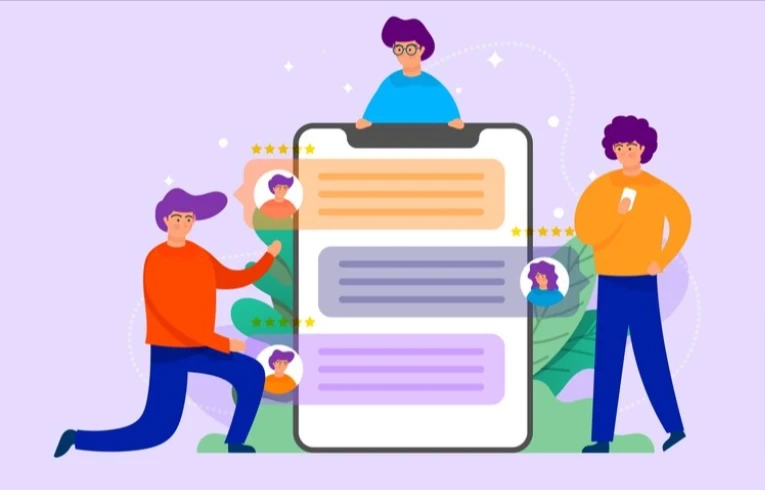In the era of information overload, personalization stands out as a beacon of relevance and connection. Businesses across the globe are recognizing the power of personalized engagement to not only capture the attention of their audience but also to foster loyalty and drive conversions. The crux of this personalized approach lies in the ability to customize message bundles, tailoring communications to meet the unique needs and preferences of each recipient. This strategy not only elevates the customer experience but also sets the stage for meaningful interactions that resonate on a personal level.
The Shift Towards Personalization
The shift towards personalized communication marks a departure from traditional, generic messaging tactics. In the past, businesses would cast a wide net, hoping to catch as many customers as possible with broad, untargeted messages. However, this approach often led to low engagement rates, as the content failed to resonate with the diverse needs and interests of a varied audience.
The digital age has ushered in a new paradigm, one where data analytics and customer insights enable businesses to segment their audience with precision, crafting message bundles that speak directly to the individual. This shift is not merely a trend but a fundamental change in how companies communicate with their audience, driven by the increasing demand for personalization from consumers who expect brands to understand their unique needs and preferences.
The Essence of Customizing Message Bundles
Customizing message bundles involves more than just inserting a customer's name into an email. It's about curating content, offers, and information that align with the individual's past interactions, preferences, and behaviors. This level of customization requires a deep understanding of your audience, gleaned from data analysis and direct feedback.
The process of customizing message bundles can be broken down into several key steps:
Data Collection and Analysis: Gathering comprehensive data on your audience is the first step. This includes demographic information, purchase history, browsing behavior, and engagement metrics. Advanced analytics can then be employed to identify patterns, preferences, and potential opportunities for personalization.Audience Segmentation: Armed with data, businesses can segment their audience into distinct groups based on shared characteristics or behaviors. Segmentation allows for more targeted messaging strategies, ensuring that the content is relevant to each group's interests and needs.
Message Customization: Within each segment, messages are further customized to address the specific preferences and behaviors of individuals. This could mean tailoring the tone of the message, selecting relevant products or services, or customizing the timing of the communication to increase its impact.
Multi-Channel Delivery: Today's consumers interact with brands across multiple channels, from email and SMS to social media and beyond. Customize message bundles means choosing the right channel for each segment and individual, based on their preferences and the nature of the message.
Feedback Loop: An essential component of personalized engagement is the continuous collection and analysis of feedback. This iterative process ensures that strategies remain effective and are adjusted based on changing preferences and behaviors.
The Impact of Customized Message Bundles
The benefits of customizing message bundles are manifold. For businesses, personalized engagement leads to higher open rates, increased click-through rates, and improved conversion rates. This targeted approach reduces the likelihood of messages being perceived as spam, instead fostering a sense of value and relevance among recipients.
For customers, customized message bundles mean receiving content that is interesting, useful, and timely. This relevance enhances the customer experience, builds trust, and strengthens loyalty to the brand. In a world where consumers are often overwhelmed with information, personalized engagement cuts through the noise, delivering messages that truly matter to the individual.
Challenges and Considerations
While the benefits are clear, customizing message bundles also presents challenges. Privacy concerns are at the forefront, as businesses must navigate the delicate balance between personalization and intrusion. Transparency in data collection and use, along with adherence to privacy laws and regulations, is crucial.
Additionally, the complexity of personalization at scale requires sophisticated technology and resources. Implementing and maintaining systems for data analysis, audience segmentation, and automated messaging can be daunting, particularly for smaller businesses. However, the investment in personalization technology is often justified by the significant returns in customer engagement and loyalty.
Conclusion
The evolution of customer engagement toward personalized communication strategies represents a paradigm shift in the relationship between businesses and their audience. Customizing message bundles is not merely a tactic but a comprehensive strategy that leverages data, technology, and creativity to deliver messages that resonate on a deeply personal level. By embracing personalization, businesses can forge stronger connections with their audience, driving engagement, loyalty, and ultimately, success in the digital age.


